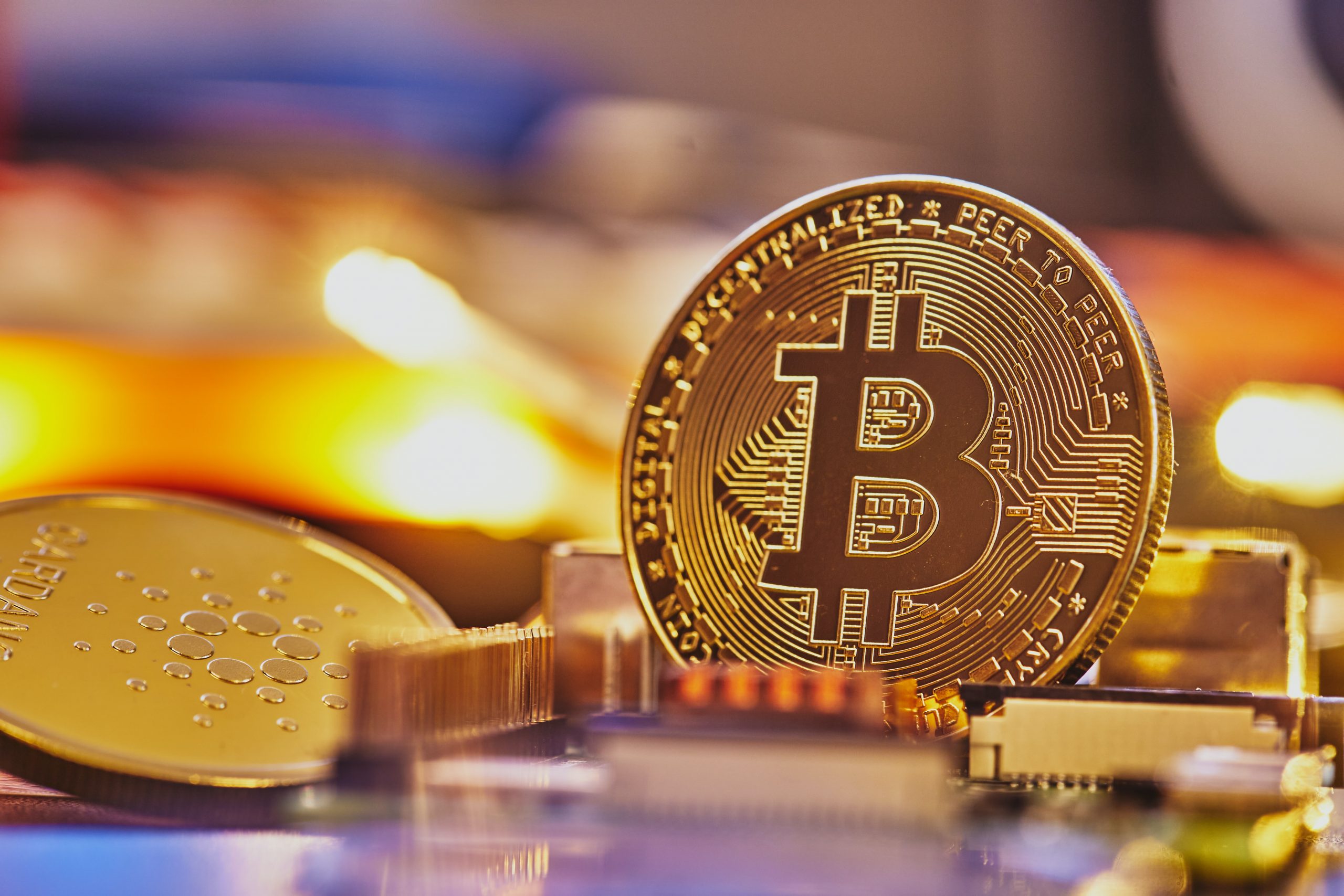Well done Shaktikanta Das! The RBI Governor has slammed cryptocurrencies as “a big threat to the country’s financial and macroeconomic stability” and a trap for unwary investors. “Cryptos have no underlying asset, not even a tulip.”
History is replete with speculative manias that feed on themselves, pull in enormous numbers of investors, and then burst. In the Dutch tulip mania of 1634-37, trading in tulip bulbs exploded into frenzy. As prices spiralled day after day, more and more investors got sucked in, and sent prices higher still. The price of bulbs soared 200 times in a few months, rare varieties even more. Alas, the bubble eventually burst and bankrupted thousands. Crypto mania will likely suffer the same fate.
The price of a Bitcoin has soared from almost nothing to $35,000, and other cryptocurrencies have risen fast too. Some investors are euphoric about provisions on cryptocurrencies in the budget that they claim heralds full mainstreaming. That is plain wrong. The provisions aim to check the excess and misuse of cryptos, not encourage them. The RBI has alway opposed cryptos as potential vehicles for money laundering, tax evasion, and financing of drugs and terrorism. They can also cripple monetary policy.
The budget taxed profits in crypto trades at 30%, imposed 1% tax deducted at source on crypto transactions, and taxed gifts of cryptos. Finance minister Nirmala Sitharaman said the RBI would, at some unspecified time, issue a digital rupee. Crypto entrepreneurs declared that this was the first step to regulating and mainstreaming such “currencies”.
Not at all. Sitharaman said cryptos were not legal tender and their status was still under discussion. Meanwhile, since massive crypto trading was already taking place, she wished to ensure crypto transactions were taxed and not used to avoid tax. Regulations under discussion will have the same aim.
The rupee is already digital via credit and debit cards, wallets, and telephonic transfers. The RBI could start taking rupee deposits digitally, but this would induce a debilitating flight of deposits out of commercial banks, which the RBI will abhor. Das said he was in no hurry to launch a digital rupee. Its eventual shape is unknown, but I suspect it will mean only marginal changes.
Cryptos were initially promoted as a private currency whose supply was strictly controlled by a formula and could not be ramped up and down by the central bank like normal currency. It was entirely digital, based on blockchain to make it transparent and hackproof, and decentralised so no central authority could manipulate it. Cryptos were promoted as a hedge against inflation since their supply could not be changed at will by central banks.
Bitcoin was the first crypto, but later over 100 have been floated, with suckers buying every new creation. So, Bitcoin’s claim that supply cannot be increased is misleading: even if the supply of early cryptos is fixed, new cryptos without limit can be and are being created. Some of these alternatives to Bitcoin have, rightly, been called “shitcoins”.
The key features of a currency are stable value, universal acceptability, and legal backing. By contrast, cryptos attract investors precisely because their value zig-zags crazily, offering big speculative trading opportunities. A few companies may accept payment in cryptos, but these are exceptions. Cryptos can be difficult to trace and so may be acceptable to finance drug traffic or terrorism, but that is why cryptos must be regulated sternly, not to encourage trading but check crime and tax evasion.
Some analysts admit that crypto are not currencies but call them “digital gold”. Gold too has little intrinsic value, though small amounts are used in industry. Economist John Maynard Keynes called gold a “barbaric relic”. He said it was senseless to dig up gold from one corner of the earth and bury it in a bank vault in another. Nevertheless, gold and silver were historically used as currency until replaced by paper in the 20th century. They remain sufficiently attractive to investors to remain a recognised asset class. But historically gold and silver have risen less in the long run than stock markets, and so have proved a sub-optimal hedge against inflation.
It is possible that of the hundreds of cryptos that have been created, one or two may survive simply because so many people are willing to hold them that they become “barbarous relics” like gold with no logical function but acceptability as tradable assets anyway. I doubt if Bitcoin will be one of the survivors since it requires enormous amounts of electricity for price determination by data miners. But the vast majority of cryptos will crash. They can give you an exhilarating ride in the short run, but ride at your own risk.
This article was originally published in The Times of India on February 12, 2022.


